Travel can be so much more than ticking countries off a map. Sometimes, all it takes is a single inspiring destination to spark your next great adventure. That’s why we love curated lists like “The World’s Most Beautiful Buildings.” They not only highlight the stunning creativity expressed through human architecture but also offer something more personal: a meaningful reason to explore the world.
Sure, beauty is subjective. But choosing one extraordinary structure from such a list and building a trip around it can lead to a deeply memorable and unique travel experience. Plus, it’s a great way to add credibility when you find yourself in one of those passionate debates over which is the most beautiful building in the world.
Take the Taj Mahal in Agra, India, for instance. A friend recently returned and was absolutely awestruck, not just by its iconic symmetry and stunning white marble, but by the emotional weight it carries as a powerful tribute to eternal love. Unsurprisingly, it consistently ranks on top of “most beautiful” lists, including ChatGPT’s compilation of widely regarded architectural marvels.
As for me, I’ve been lucky enough to visit four of the buildings on that list. But one stands out far above the rest: La Sagrada Família in Barcelona, Spain.
Designed by the visionary Antoni Gaudí, this still-unfinished basilica has been under construction for more than 130 years. It’s slated for completion in 2026 – fittingly, the 100th anniversary of Gaudí’s tragic death after being struck by a tram.
Planning a Visit to Sagrada Família
If you’re planning to see it for yourself (and you absolutely should), book tickets through the official site well in advance Sagrada Familia – months ahead, if possible. Opt for the earliest time slot to enjoy the interior in peaceful, uncrowded conditions. Trust me, it makes all the difference.
The basilica’s ornate façade is rich with symbolism – something worth reading about beforehand. But the real magic begins at the very moment you step inside.
Towering stone columns branch upward like trees in a forest. Light filters through multicoloured stained glass, casting a kaleidoscope of vibrant hues that shift throughout the day. With cooling blues and greens in the morning followed bywarm reds and oranges in the evening. Gaudí’s brilliant understanding of nature, engineering, and faith all converge here in a way that feels more like a spiritual awakening than merely asightseeing stop.
Take the audio tour (included in the basic ticket), or upgrade to a guided experience for even deeper insights. We spent about two and a half hours wandering around the different spaces, learning about Gaudí’s inspirations, design elements, and his ultimate vision for the church, one he humbly admitted might take generations to complete.
One of my most profound travel moments happened right there in the nave. I sat in silence absorbing the peaceful atmosphere, the dancing colors, the awe-inspiring scale. Despite being built of stone, the space felt alive – a rainforest of light and structure. In that moment, I wasn’t just admiring a beautiful building, I was part of something timeless, something bigger than myself.
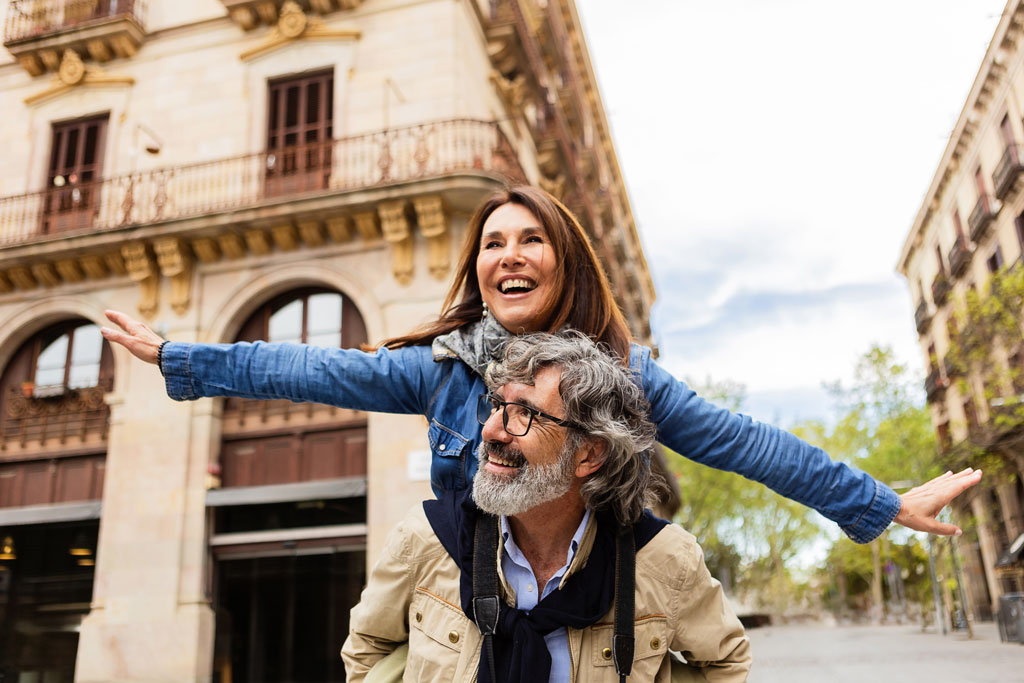
Turn Your Travel Dreams Into Reality, One Destination at a Time
Lists like “The World’s Most Beautiful Buildings” aren’t just fun reads, they’re the perfect inspiration for your next journey. Whether you’re drawn to a palace fit for a fairytale, a futuristic skyscraper, or a centuries-old cathedral, let that one amazing place guide your itinerary.
And when you do, make sure you’re covered, because unforgettable trips deserve the peace of mind that travel insurance provides. From missed flights to unexpected medical expenses, TuGo has you protected every step of the way.
ChatGPT’s List “10 Buildings Commonly Regarded Among the Most Beautiful in the World”
1. Taj Mahal – Agra, India
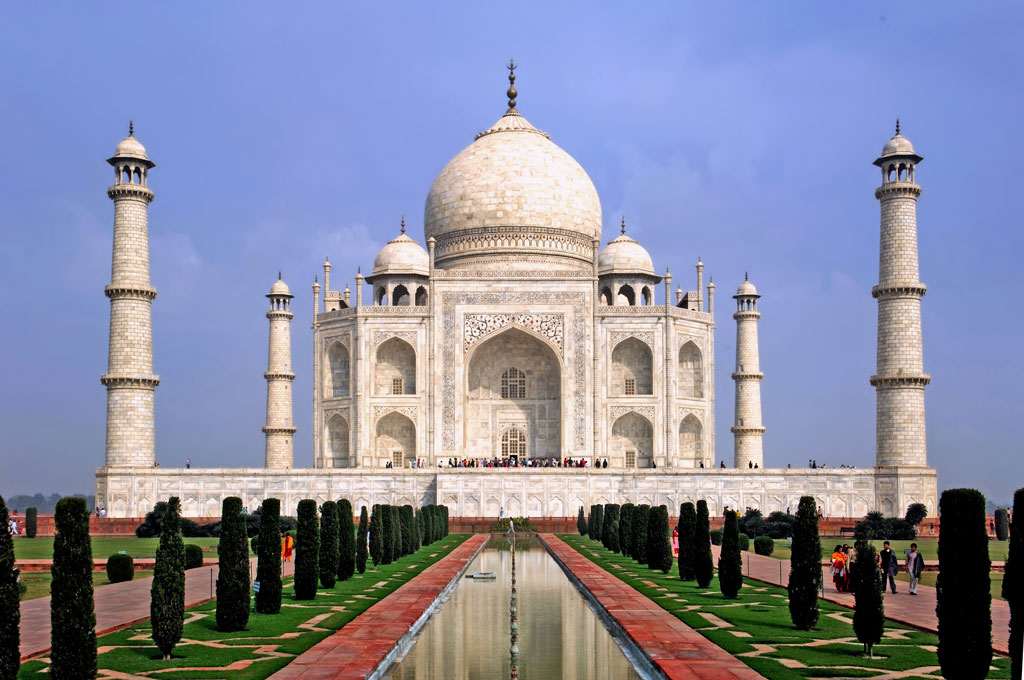
- Style: Mughal architecture
- Why: Perfect symmetry, white marble, inlaid gemstones, and its romantic origin as a mausoleum for Shah Jahan’s wife, Mumtaz Mahal.
2. Sagrada Família – Barcelona, Spain
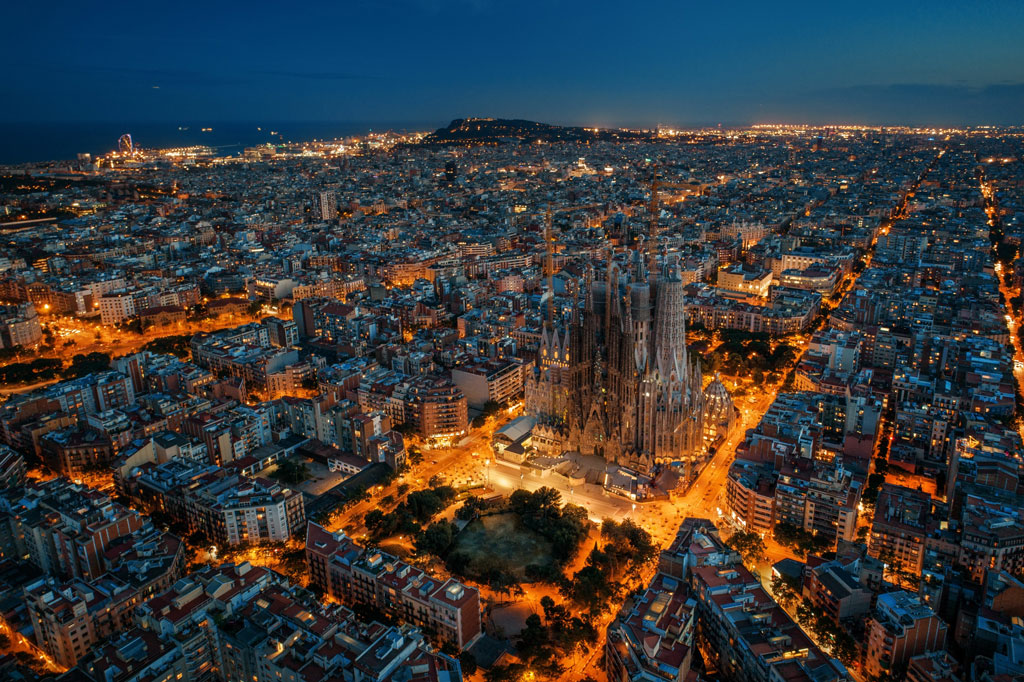
- Architect: Antoni Gaudí
- Style: Catalan Modernism
- Why: Its surreal, organic forms and intricate facades make it a one-of-a-kind masterpiece, still under construction after over a century.
3. Palace of Versailles – Versailles, France
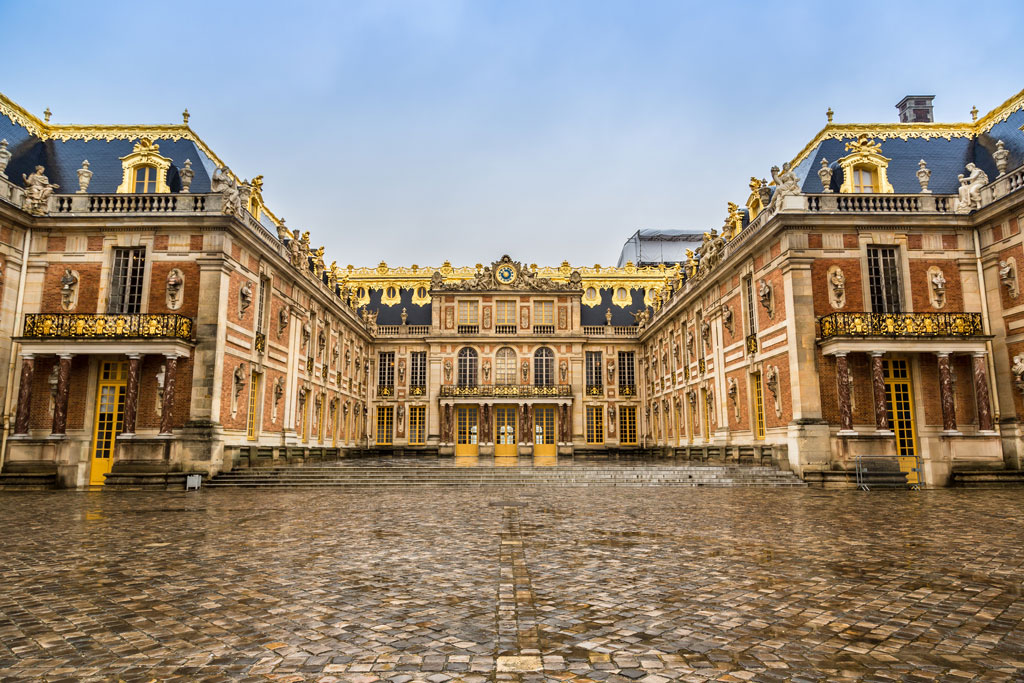
- Style: French Baroque
- Why: Known for its opulence, symmetry, and stunning gardens, it epitomises royal extravagance.
4. Sydney Opera House – Sydney, Australia
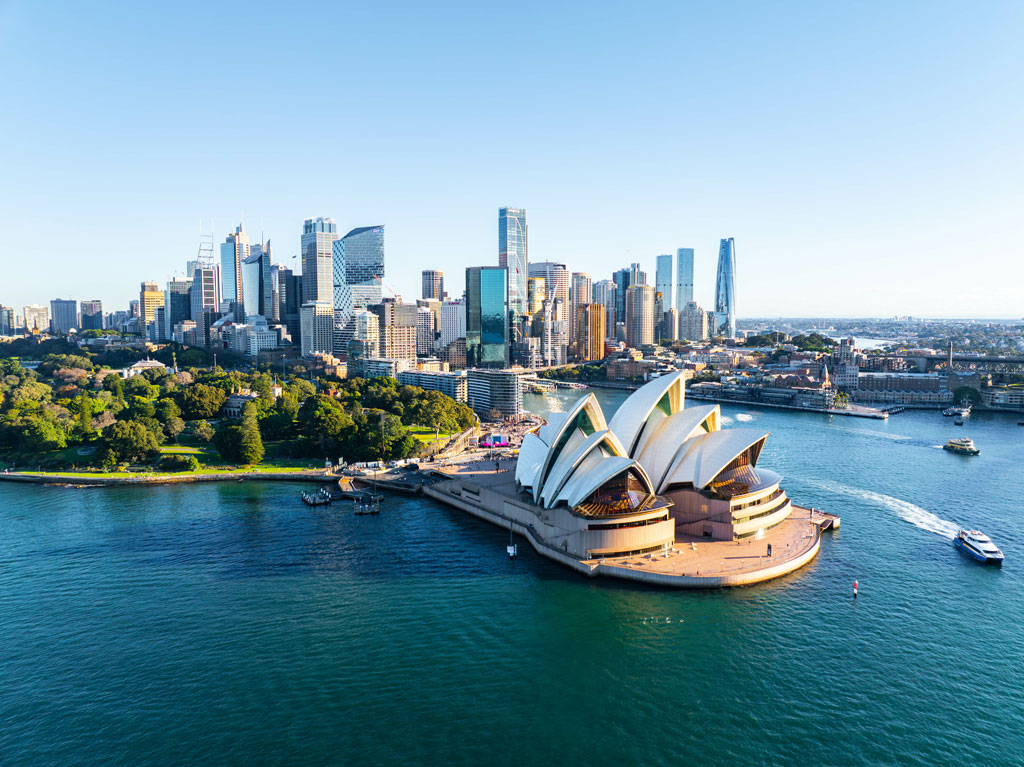
- Architect: Jørn Utzon
- Style: Expressionist modern
- Why: Its sail-like roof and waterfront setting make it one of the most iconic and visually striking modern buildings.
5. Saint Basil’s Cathedral – Moscow, Russia
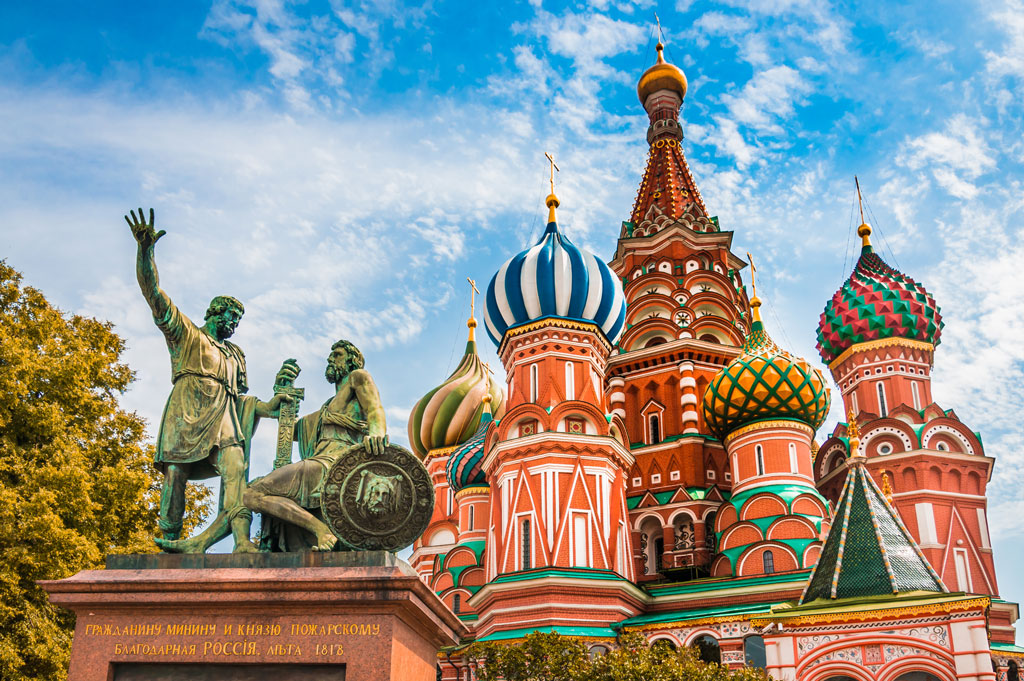
- Style: Russian Orthodox architecture
- Why: Its colorful onion domes and fairytale-like appearance are instantly recognisable and unique.
6. Fallingwater – Pennsylvania, USA
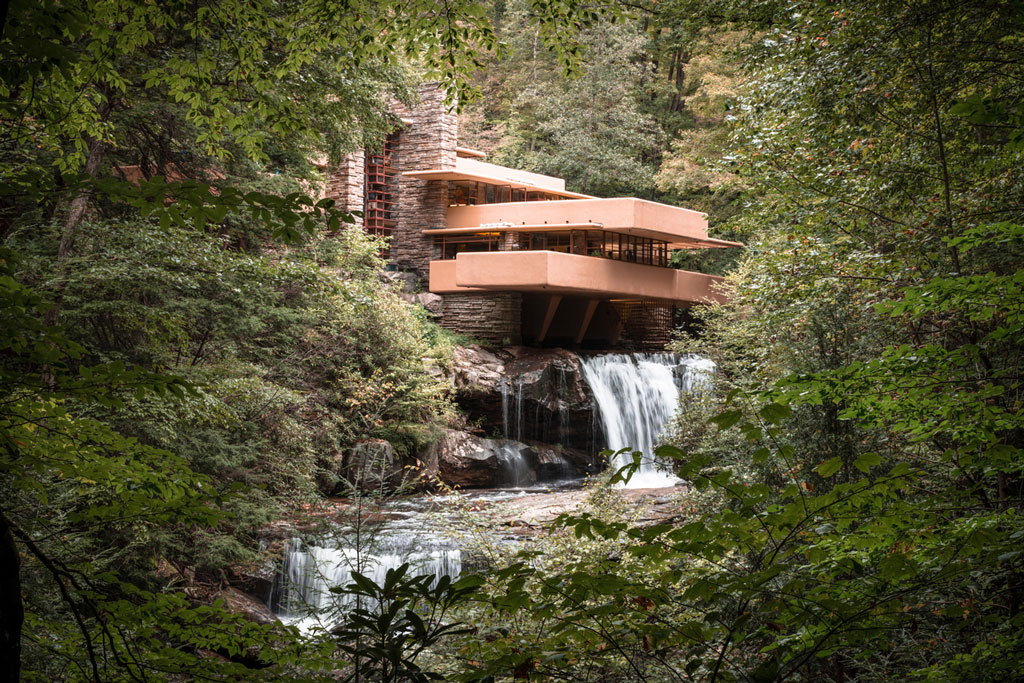
- Architect: Frank Lloyd Wright
- Style: Organic architecture
- Why: Built over a waterfall, it integrates seamlessly with nature and is a landmark in modern residential design.
7. Hagia Sophia – Istanbul, Turkey
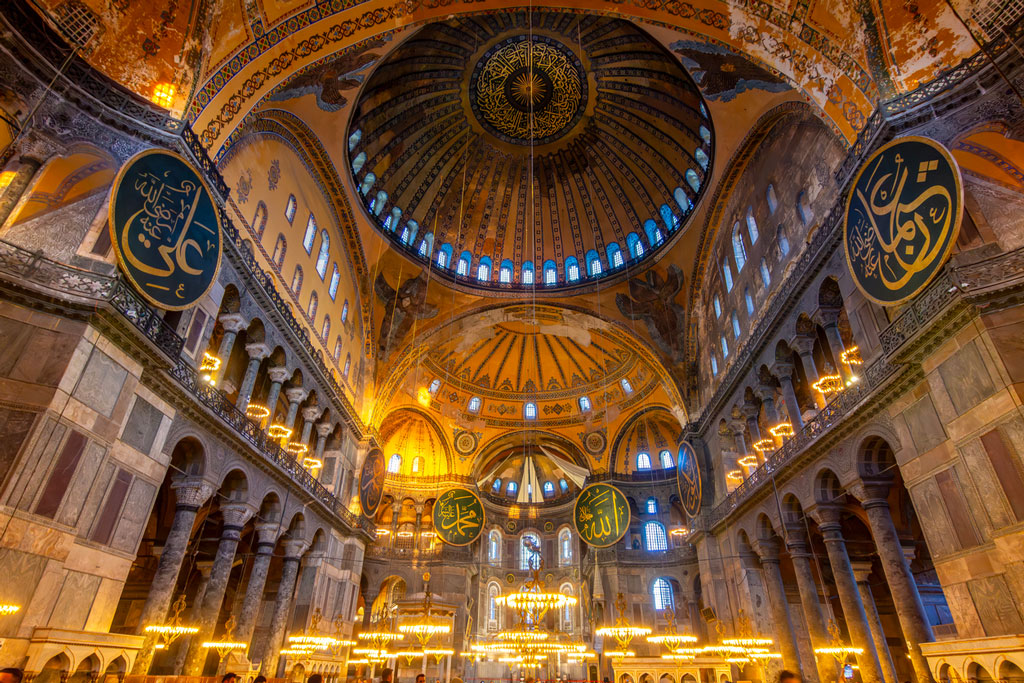
- Style: Byzantine architecture (with later Ottoman additions)
- Why: A monumental fusion of Christian and Islamic elements, it’s revered for its massive dome and spiritual ambiance.
8. The City of Petra – Jordan
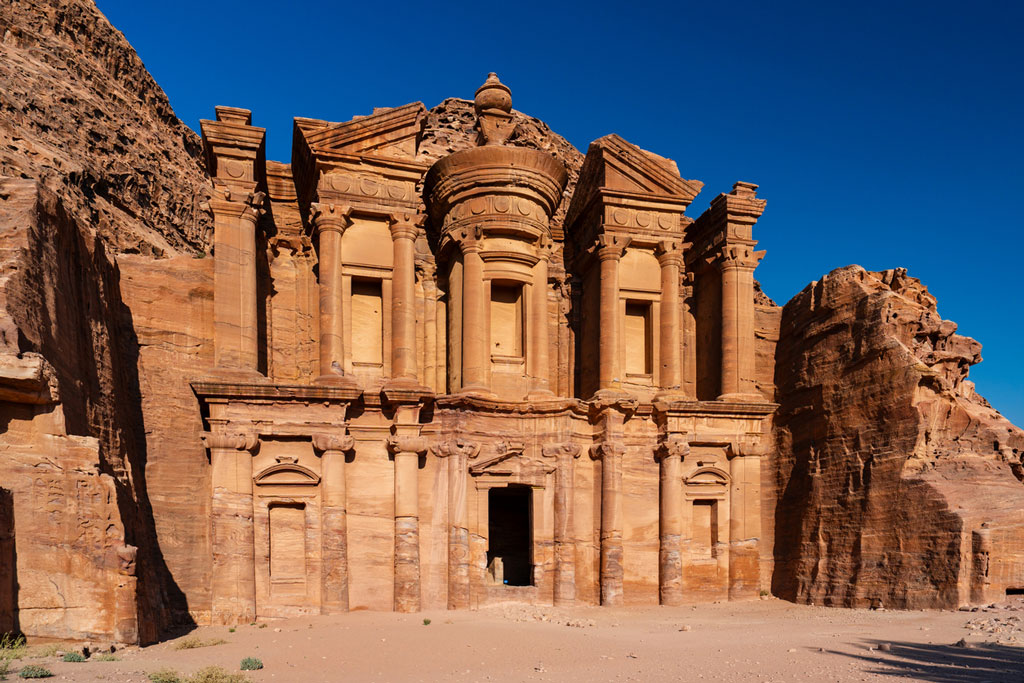
- Style: Nabataean rock-cut architecture
- Why: Carved directly into red sandstone cliffs, it blends human ingenuity with natural beauty in a truly ancient form.
9. Neuschwanstein Castle – Bavaria, Germany
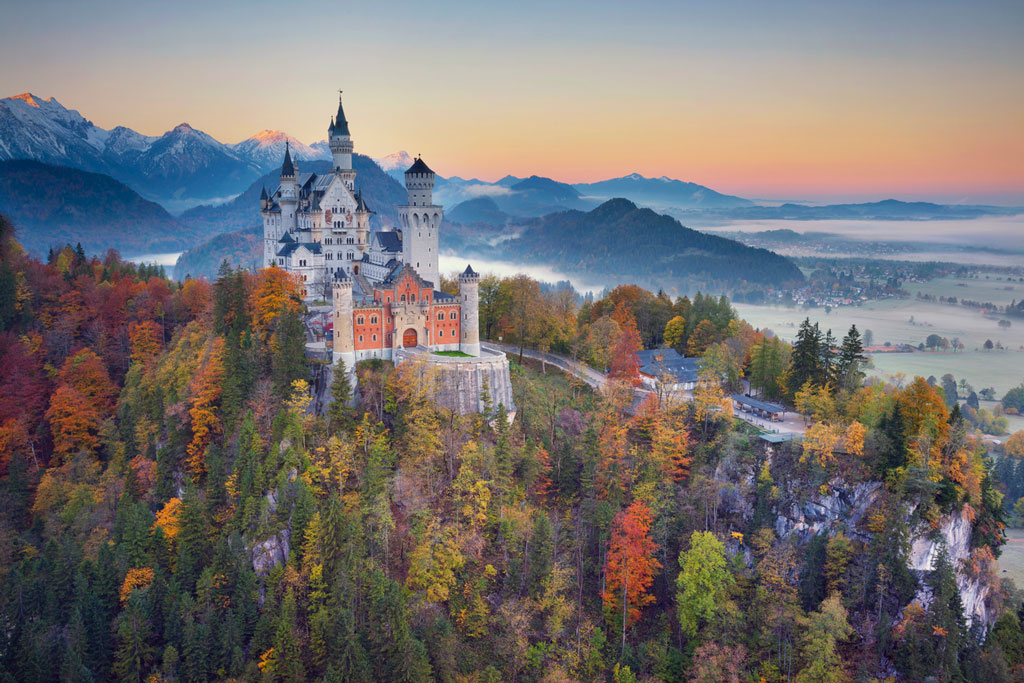
- Style: Romanesque Revival / Fantasy Gothic
- Why: Its dream-like appearance inspired Disney’s Cinderella Castle and is nestled in agorgeous alpine setting.
10. The Louvre Pyramid – Paris, France
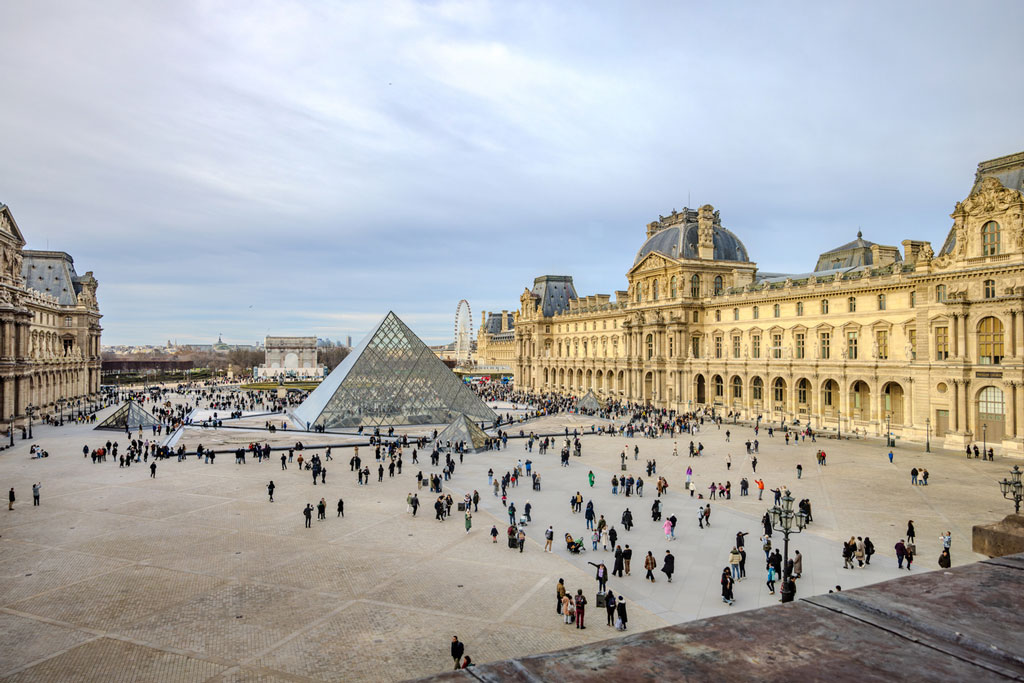
- Architect: I. M. Pei
- Style: Modernist
- Why: A striking glass pyramid juxtaposed against classical French architecture, symbolizing the fusion of past and future.
Start with a dream. Choose a destination. And when you’re ready, travel smart and know you’re travelling protected.
Happy travels,
Iain
